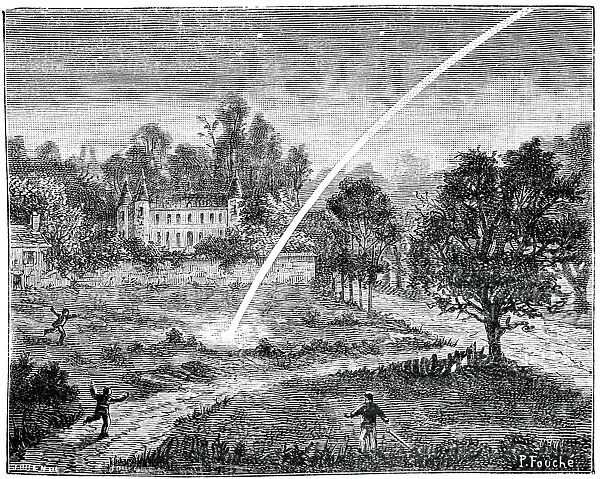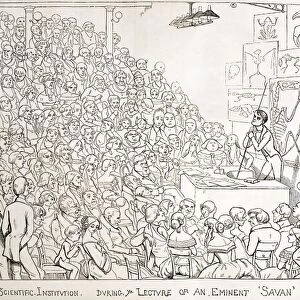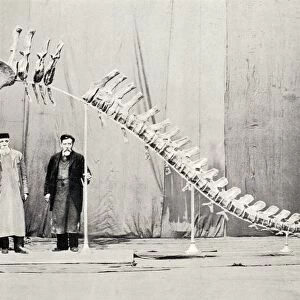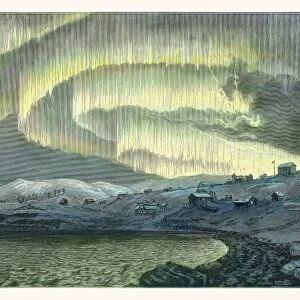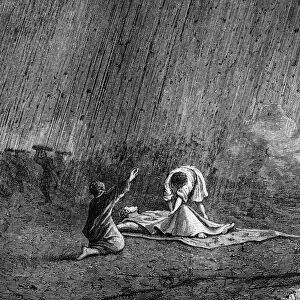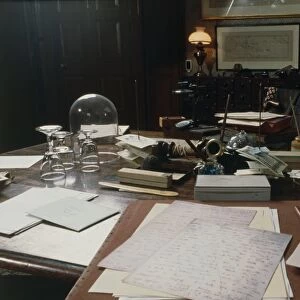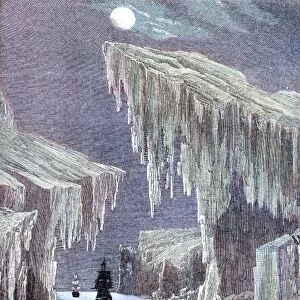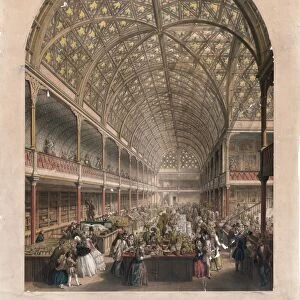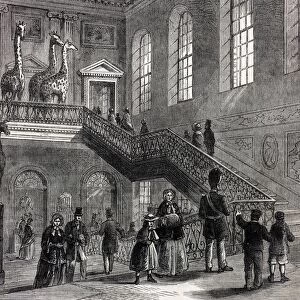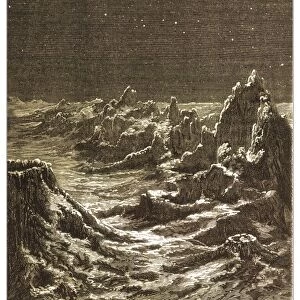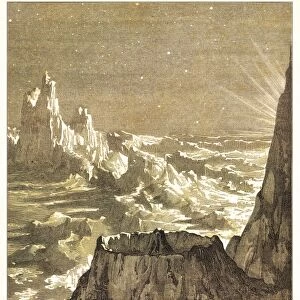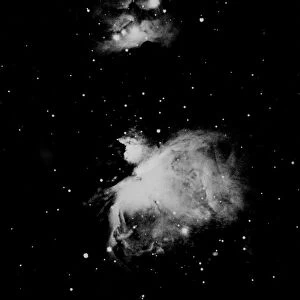Meteoric impact, 17th century
![]()

Wall Art and Photo Gifts from Science Photo Library
Meteoric impact, 17th century
Meteoric impact, 17th century. This fall of a meteor to Earth was observed in Styria, Austria, an event that is recorded as having taken place in August 1618. Meteors (also called shooting stars) are fragments of rock from space, debris from the early solar system that create a streak of light as they burn up in the Earths atmosphere, often at speeds of up to 100 kilometres per second. Sometimes, parts of meteors will survive to reach the ground, when they are known as meteorites. Another name given to them is uranoliths (heaven stones). Artwork from the second volume (second period of 1888) of the French popular science weekly La Science Illustree
Science Photo Library features Science and Medical images including photos and illustrations
Media ID 6336640
© SCIENCE PHOTO LIBRARY
1600s 17th Century 1888 Annual Volume August Austria Austrian Building Castle Country Side Falling Falling Star Farmer Farmers French Geological Holy Roman Empire Impacting La Science Illustree Louis Figuier Magazine Meteor Meteorite Meteorological Meteorology Observing Popular Science Running Rural Shock Shooting Star Surprise Watching Weather Weekly Worker Workers 1618 Meteoric Mono Chrome Styria
EDITORS COMMENTS
This print captures a momentous event that occurred in Styria, Austria during the 17th century. In August 1618, witnesses were astounded as a meteor made its dramatic descent to Earth. The artwork, featured in the second volume of the renowned French popular science weekly La Science Illustree from 1888, beautifully illustrates this celestial phenomenon. Meteors, also known as shooting stars, are remnants of rock from space that ignite upon entering Earth's atmosphere. They create a mesmerizing streak of light as they burn up at astonishing speeds of up to 100 kilometers per second. Although most meteors disintegrate completely before reaching the ground, some survive and become meteorites. The image showcases an idyllic countryside scene with farmers and workers pausing their daily tasks to witness this extraordinary event unfold above them. Their expressions reflect awe and surprise at nature's spectacle. A majestic castle stands proudly in the background, adding historical significance to this celestial occurrence. This artwork not only highlights the scientific importance of meteors but also serves as a reminder of humanity's fascination with the mysteries beyond our planet. It transports us back in time to an era when such events were both rare and magical. As we gaze upon this remarkable print by Science Photo Library, we are reminded of our place within the vastness of space and how even centuries ago people marveled at these heavenly wonders that continue to captivate us today.
MADE IN THE USA
Safe Shipping with 30 Day Money Back Guarantee
FREE PERSONALISATION*
We are proud to offer a range of customisation features including Personalised Captions, Color Filters and Picture Zoom Tools
SECURE PAYMENTS
We happily accept a wide range of payment options so you can pay for the things you need in the way that is most convenient for you
* Options may vary by product and licensing agreement. Zoomed Pictures can be adjusted in the Cart.

